Madagascar Rice: Severe Drought Lowers Production
Madagascar’s 2017/18 rough rice production is estimated at 3.5 million metric tons (mmt), down 0.2 mmt from last year and down 0.41 mmt or 11 percent from the 5-year average. The estimated output is below the 5-year average due to a severe drought in the central and northern regions of the country where nearly 80 percent of Madagascar’s rice is grown (Figures 1 and 2). Area is estimated at 2.2 million hectares (mha), down 0.2 mha from last year due to the drought. Seasonal rainfall during the first half of the rice growing season (November 2016 through February 2017) was the lowest in the past 36 years. The drought in the central and northern parts of the country reduced planting and significantly reduced yields. In addition, cropland was flooded in the north and northeast when Cyclone Enawo, the largest cyclone (Category 4) to strike Madagascar since 2004, hit landfall in early March 2017.
Madagascar’s Ministry of Agriculture will perform a Crop and Food Security Assessment Mission (CFSAM) survey in July with assistance from the United Nation’s Food and Agriculture Organization and World Food Program. The CFSAM results should be released in September 2017, along with a final rice production estimate. The final national output could be less than the current 3.5 mmt estimated if impacts from the drought and floods were worse than expected. Significant yield reductions have already been reported in many of the regions within the large drought area shown in Figure 2.
In early May, personnel from USDA’s Foreign Agricultural Service and USAID’s Famine Early Warning System Network (FEWSNET) traveled to southern Madagascar where the agro-climate is very dry and food assistance has been distributed for the past two consecutive drought years in the southern Anosy, Androy and Atsimo Andrefana regions (Figures 3-5). Farmers in the arid south also received agricultural-input support for the 2016/17 growing season, but production prospects for this year’s crops were well below average in Tsihombe and Ambovombe districts due to delayed rains during the planting season, lack of seeds, and insect infestations. Small locust outbreaks were also observed throughout Tsihombe and Ambovombe districts (Figure 6).
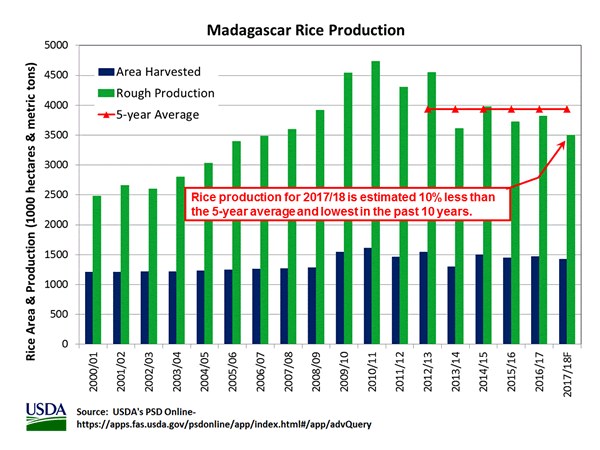
Figure 1. Madagascar's 2017/18 rice production is less than the 5-year average.
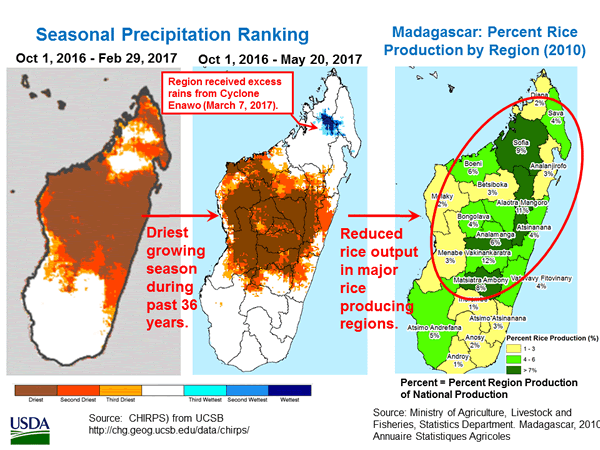
Figure 2. Historic drought located over major rice producing regions.
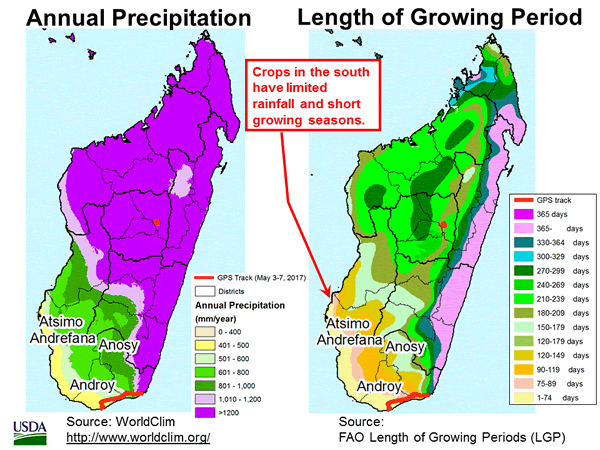
Figure 3. Food insecure live in the aird south.
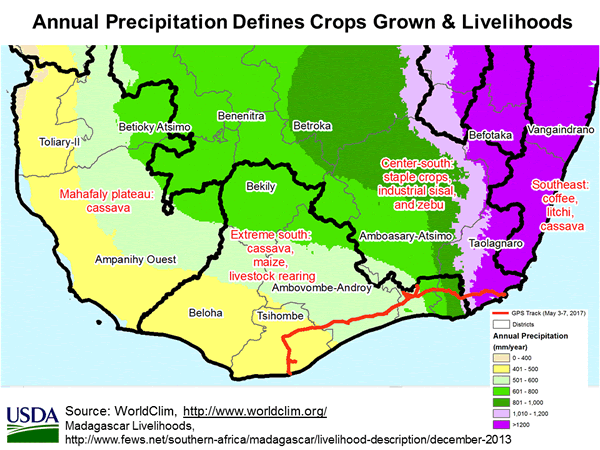
Figure 4. Most food insecure live in the "extreme south" livelihood zone.
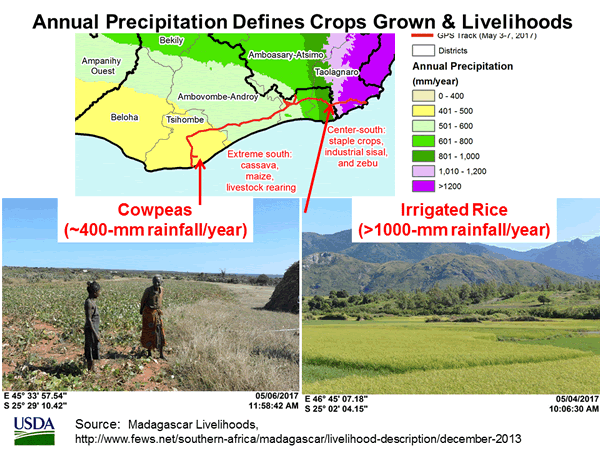
Figure 5. Food insecure live in the arid southwest.
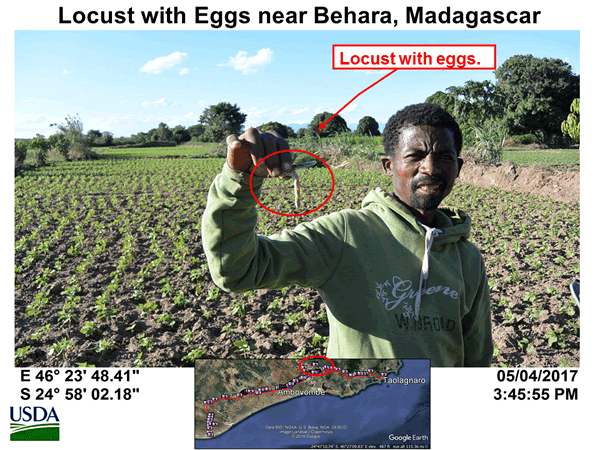
Figure 6. Small locust outbreaks were observed in Amobovombe and Tsihombe districts.
Current USDA area and production estimates for grains and other agricultural commodities are available on IPAD's Agricultural Production page or at PSD Online.
|

